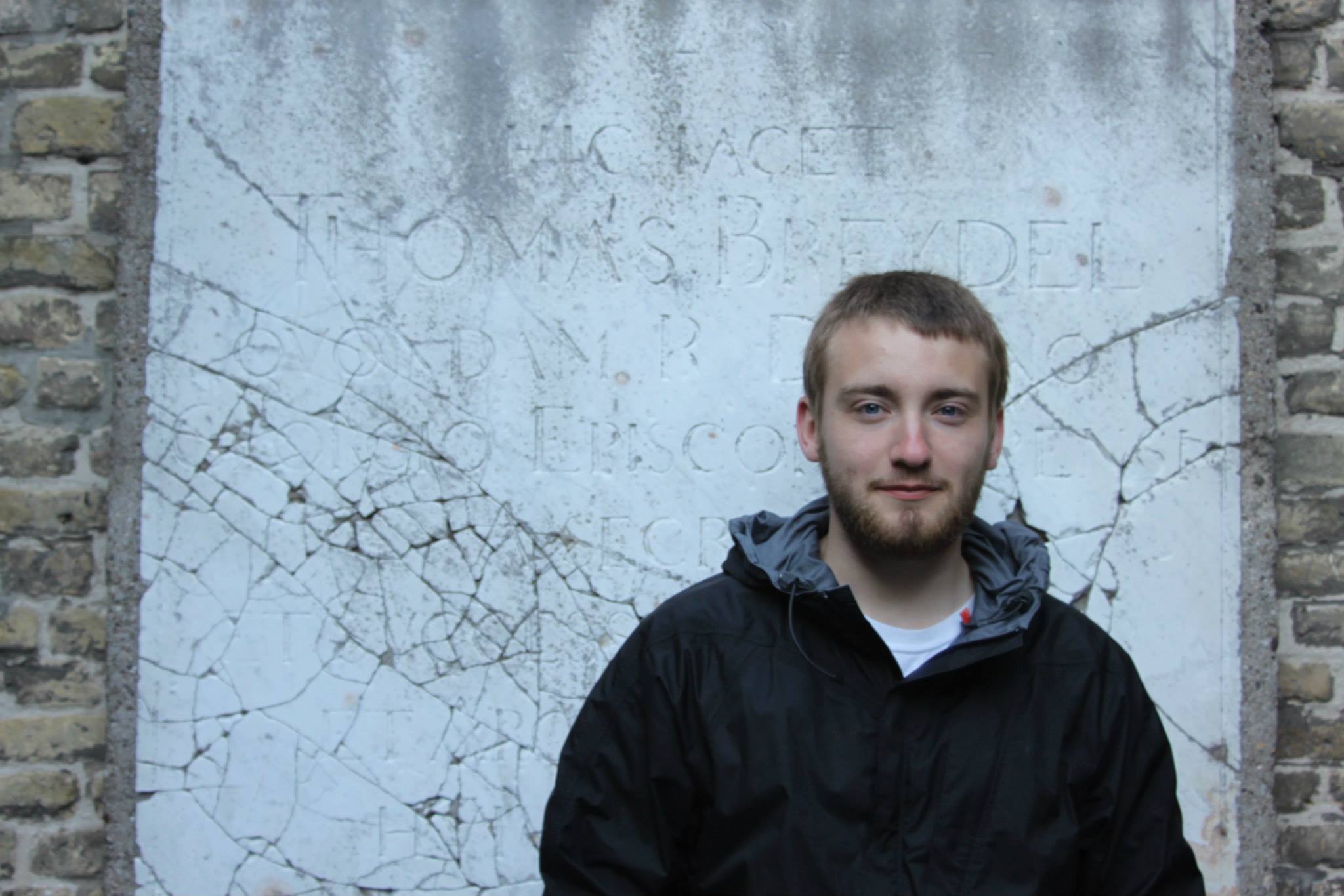
I didn’t think enough about backups at 21. When I went to Europe in May of 2015 for a course on WWI, I took the nicest camera I could get ahold of, borrowed from my dad. I loved getting to capture through my own eyes a place that was totally new to me. Looking back ten years, I’m pretty happy with some of these images. They represent so many cherished memories.
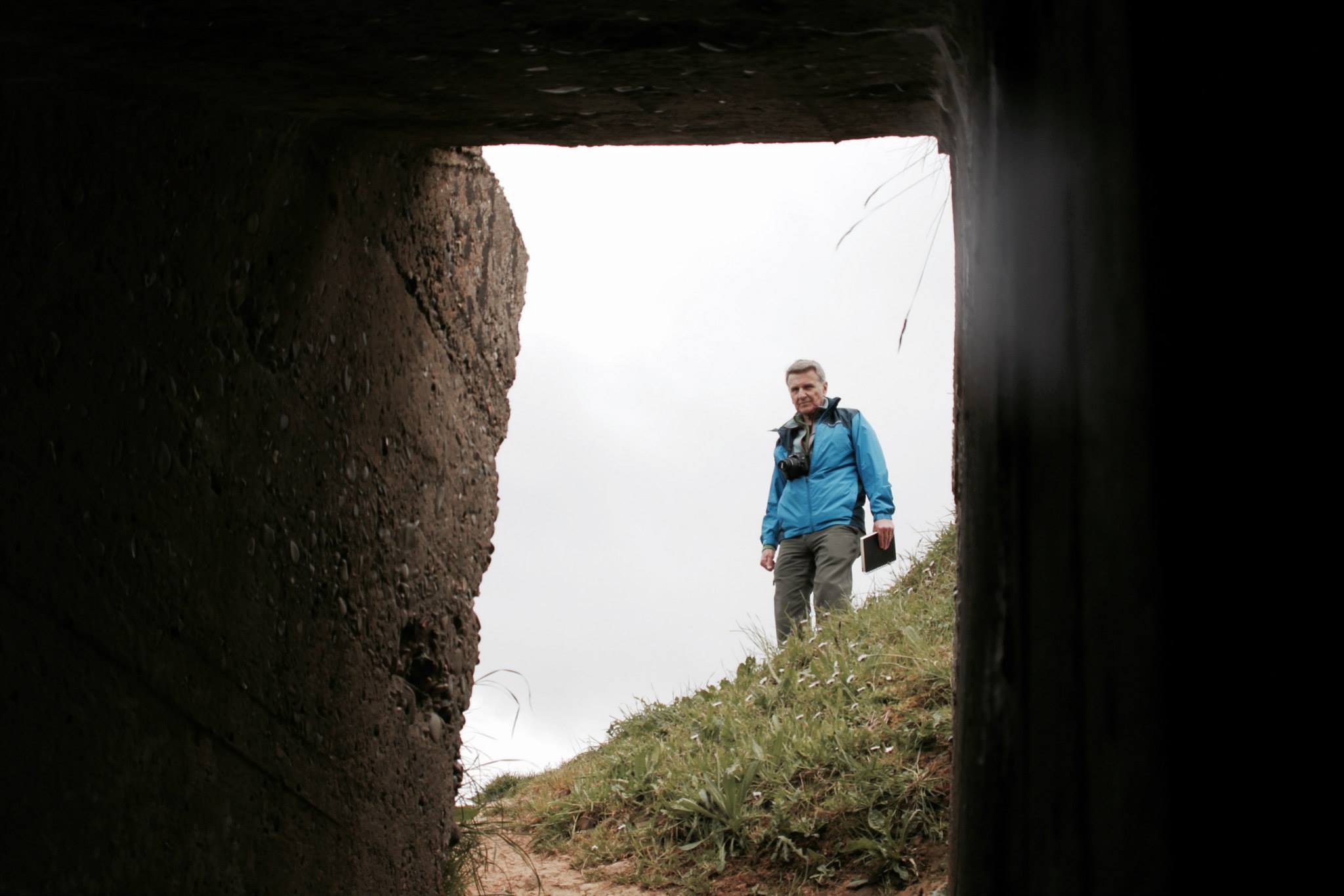
Unfortunately, the extent of my data hygiene at the time was simply uploading the images to Facebook. As far as I can find, that is the best repository of these photos. It has left some of them very compressed, which is a real disappointment. Ten years on, I wish I could see the photos of my grandfather, Papa, in their full resolution.
Normandy
Papa joined me for about a week in France before I traveled to London to begin the course. We drove around northern France without much of a plan. We’d pick a city each day and drive to it. Though, our two must-sees were Omaha Beach and Mont St. Michel.
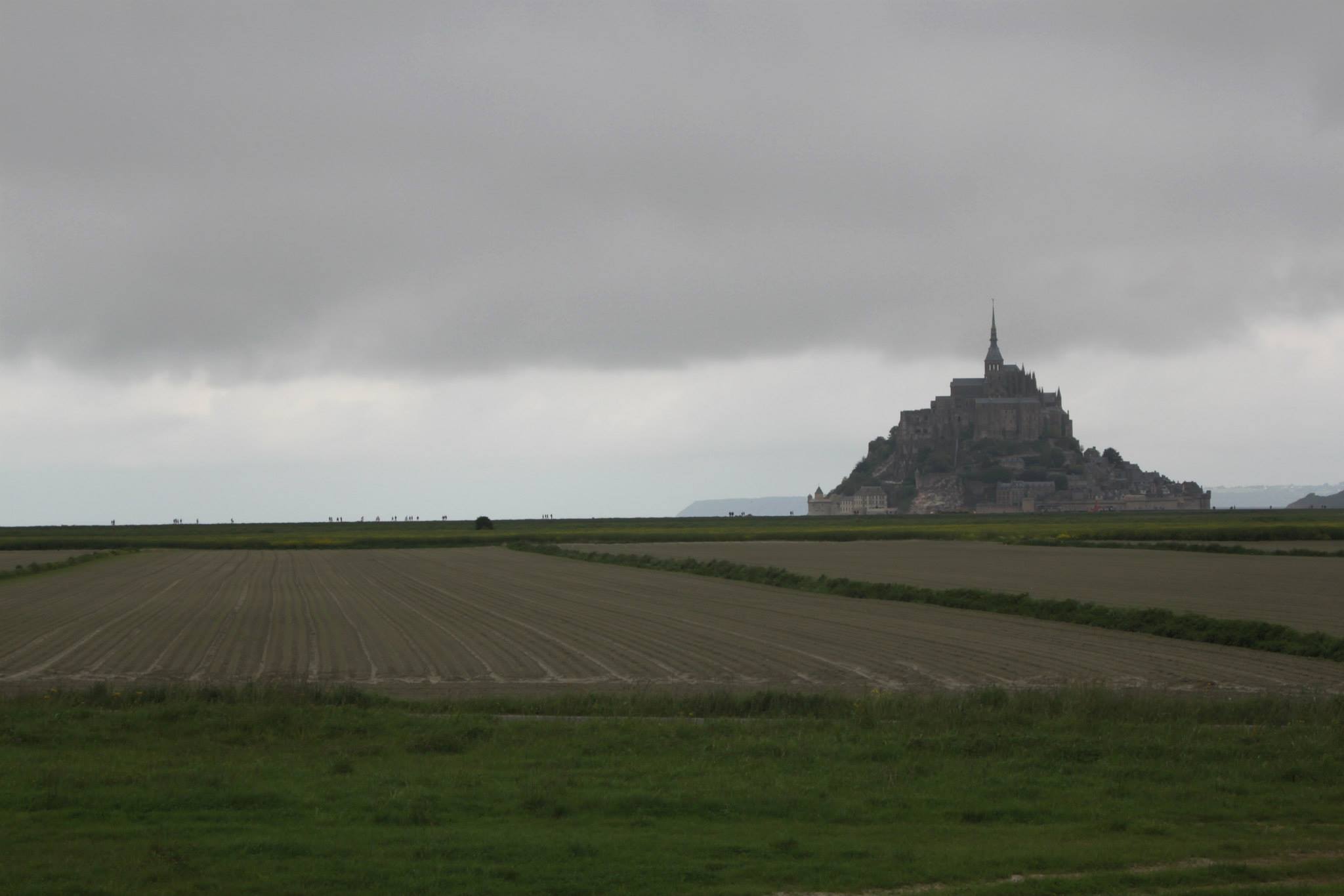
Our lack of a plan led to us enjoying some of the smaller towns in Normandy. In Dinan, I captured this photo of a man on his walk in the evening.
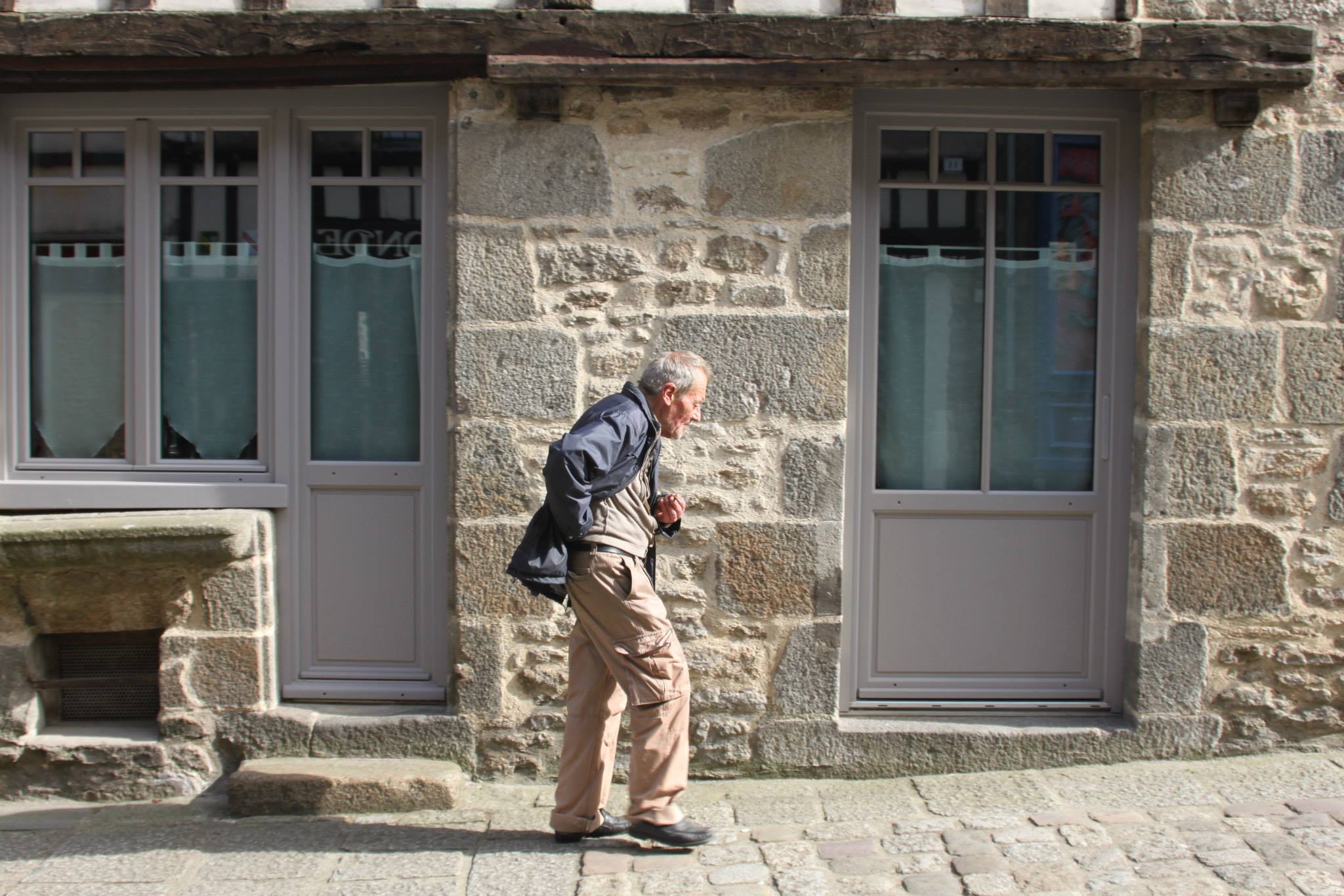
At the end of the week, Papa dropped me off in Lille and I took the train to St. Pancras in London.
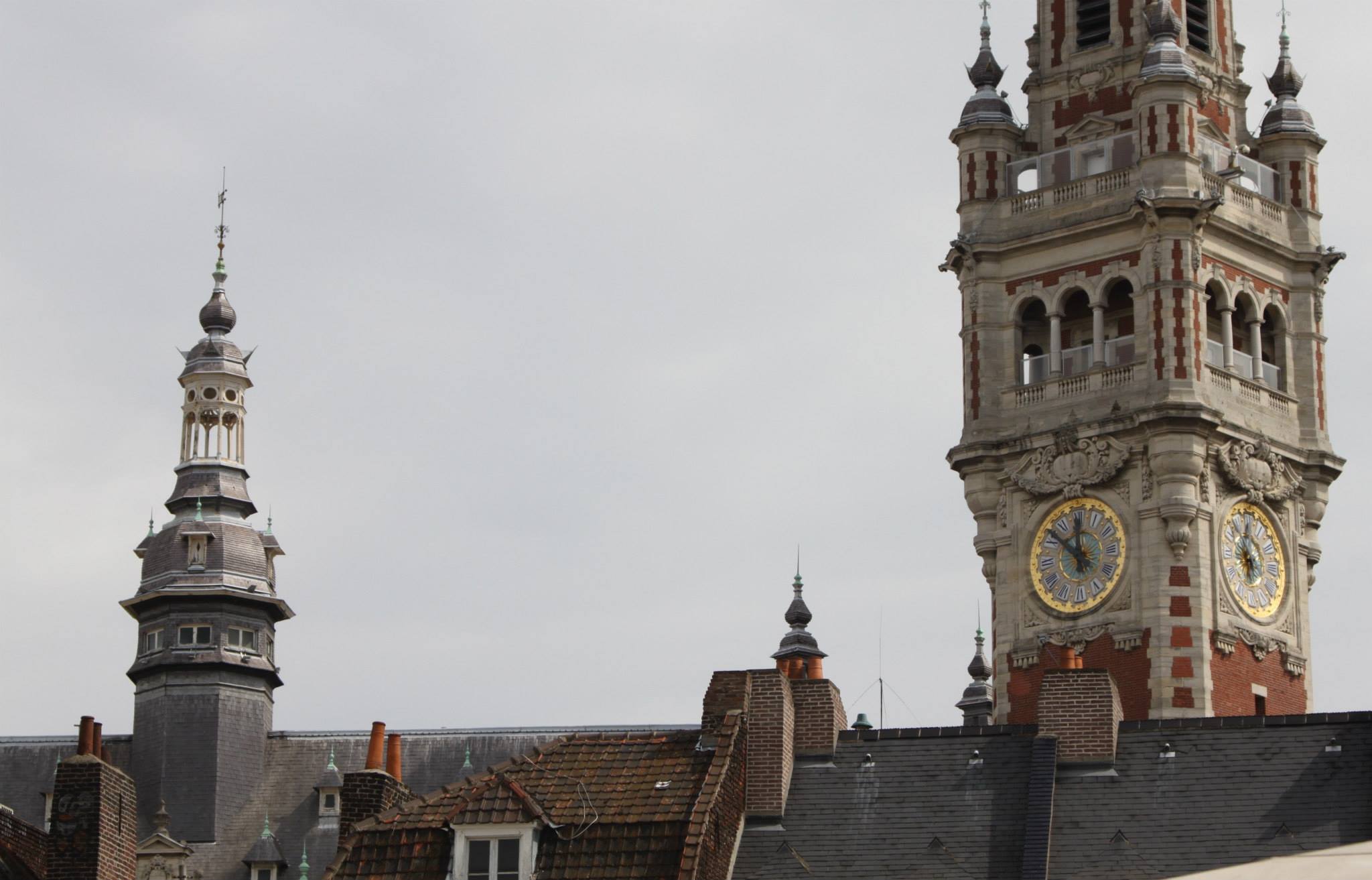
London
The coursework for my class took place in London where we read The Sleepwalkers, Hitler’s First War, and 1913: In Search of the World Before the Great War. This last one book was my favorite. It captures so much of the sociopolitical atmosphere that led into the war which seems to grow more and more complex the deeper I understand it.
During this time, I got to explore little bits of London. Many of our days were spent in museums, but I made time to get a little bit of local flavor. It was wonderful to just be in one of the great cities and live that experience.
Walthamstow Market
I snapped a few nice photos at this market in Walthamstow. The market is open on High Street from Tuesday through Saturday. According to Wikipedia, this is the second largest outdoor market in Europe.
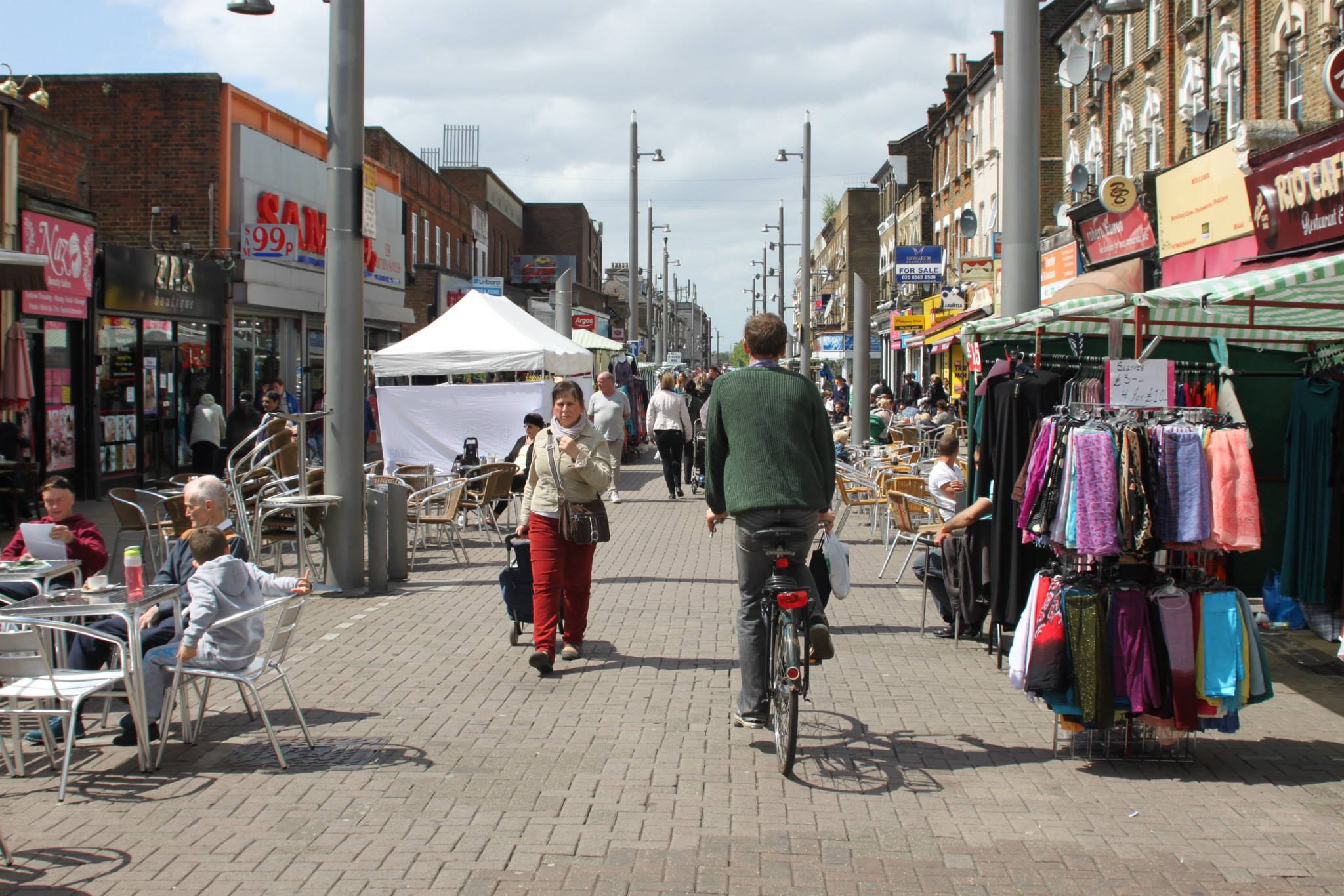
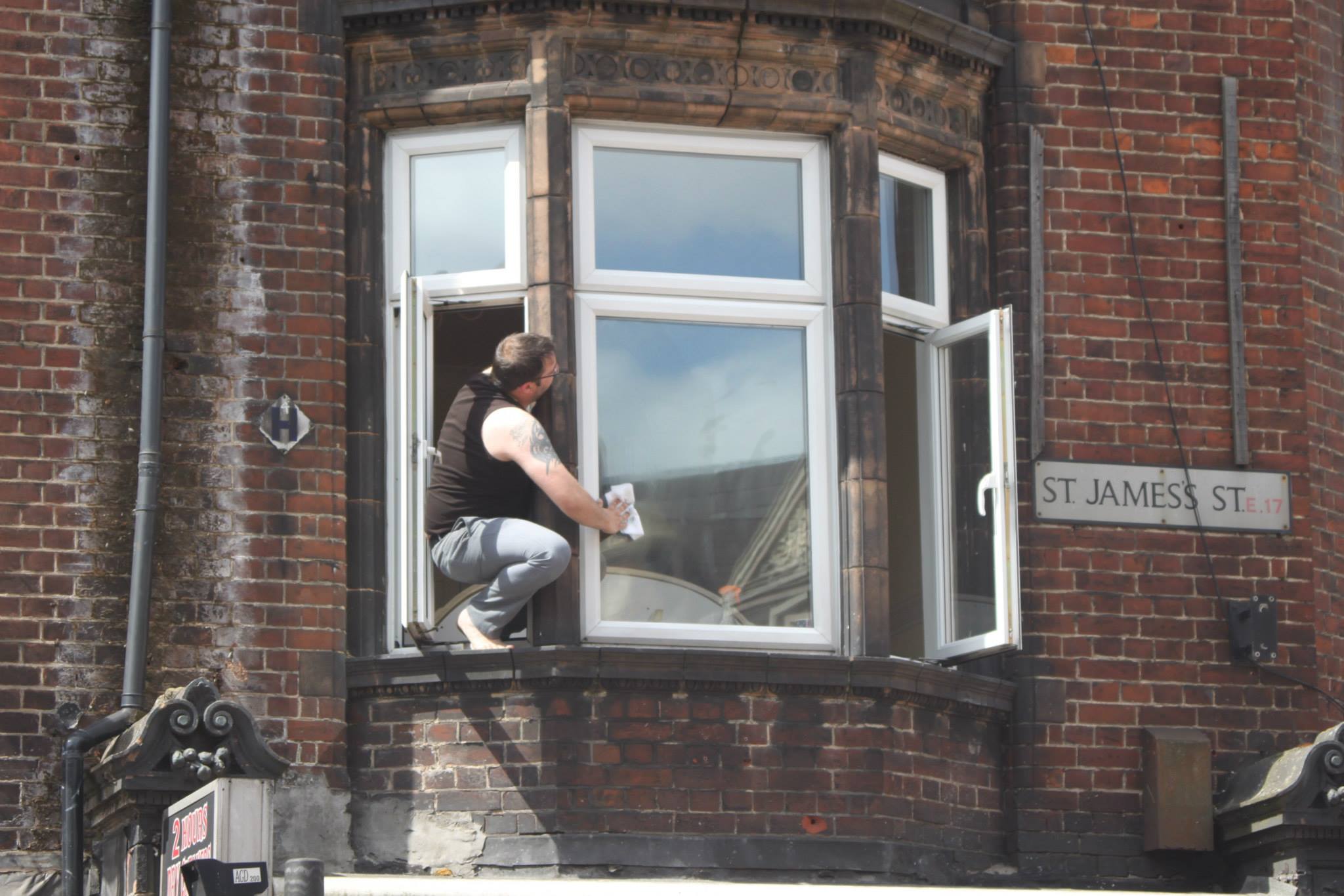

The City of London
The heart of the city, on The Thames, is The City of London. While this area has lots of historic significant, it has embraced contemporary architectural styles that I found really compelling and fun to photograph.
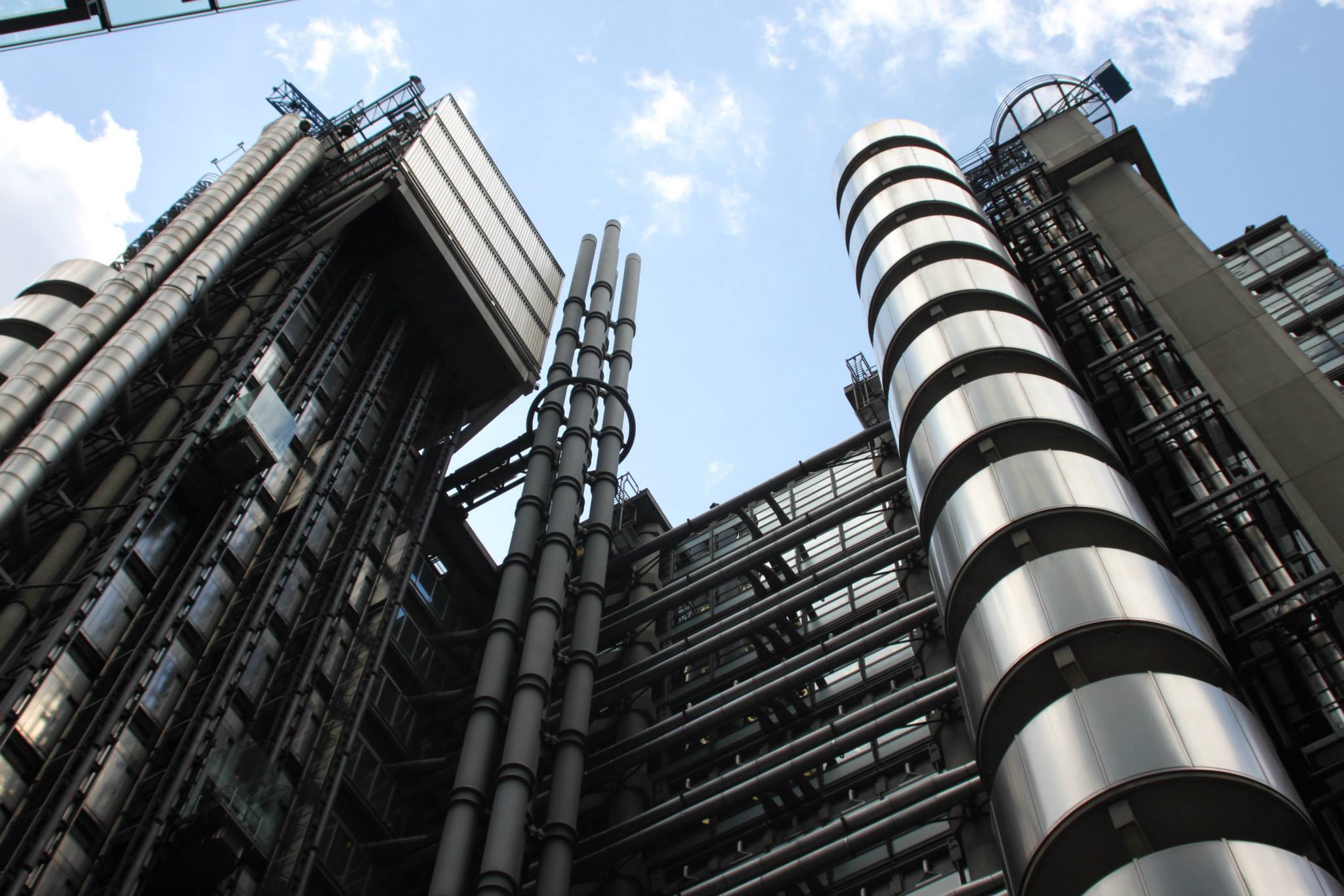
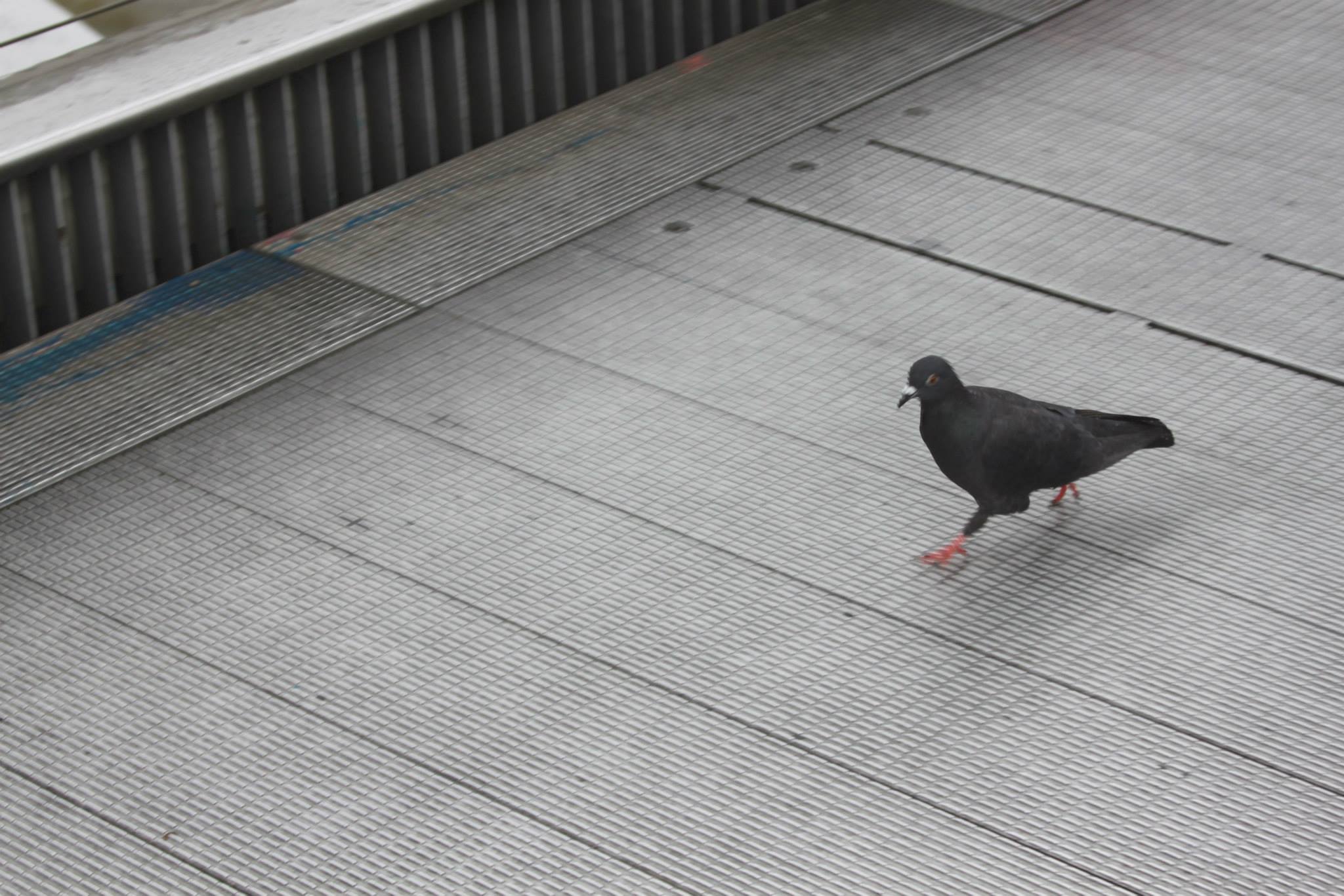
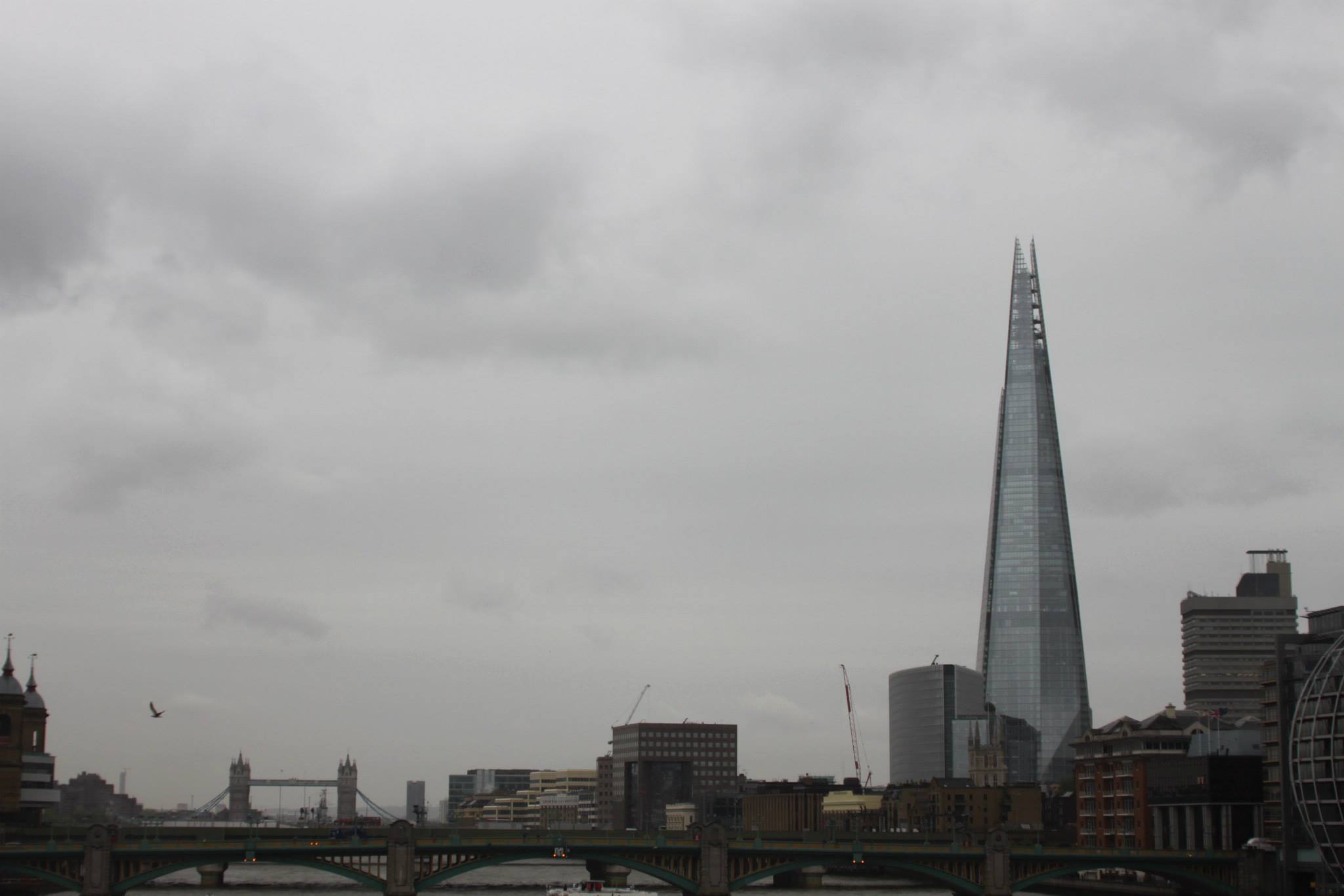
Flanders
The most illuminating part of the class for me was a bike ride along the Western Front through France and Belgium. The route we rode is known as The Peace Route a 44 Km loop which begins and ends in Ypres. The route covers many of the historic landmarks in the Ypres Salient including the site where John McCrae wrote “In Flander’s Fields”, the Commonwealth cemetery of Tyne Cot, the German cemetery of Langemark, and the St. Julien Memorial. Our tour was done by Zonnebeke Tourism Office. Our guide was a local attorney and history enthusiast who led tours on the side.
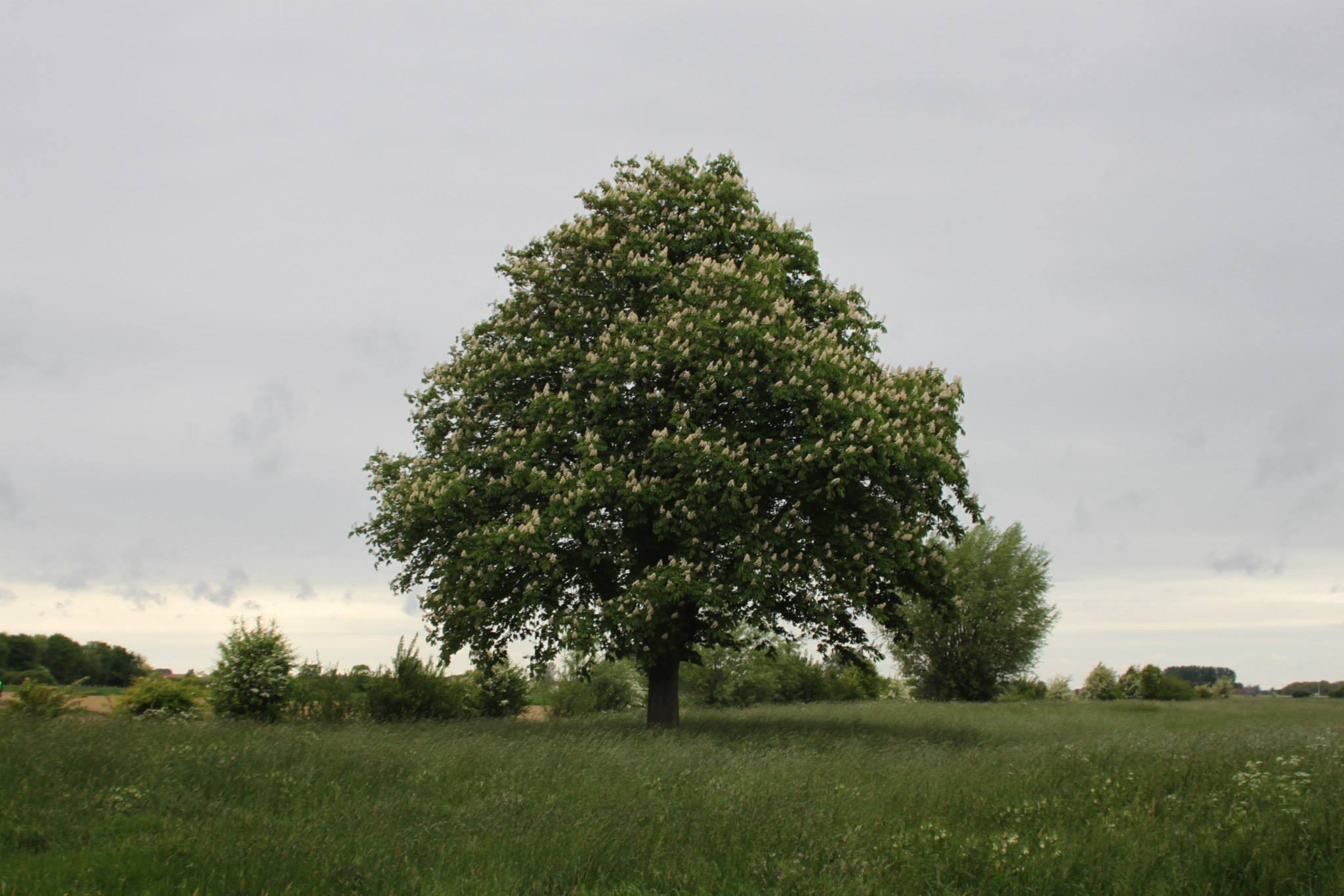
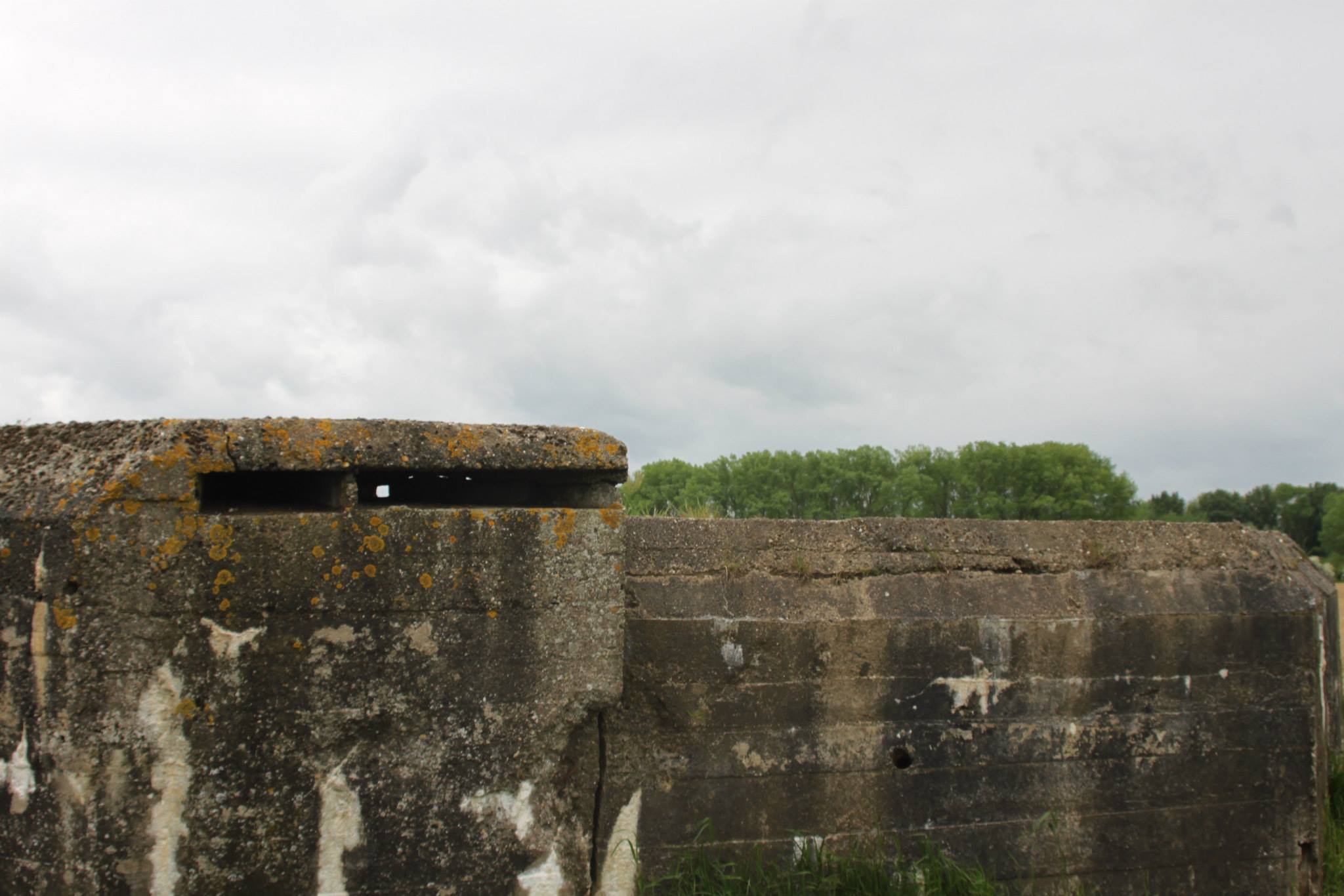
Tyne Cot Cemetery
There is storytelling in how all cemetaries are laid out. Tyne Cot cemetery, in particular, was a massive undertaking by the United Kingdom starting soon after WWI ended. The battles of Ypres, with their slow back and forth of battle lines, had immense casualties on both sides.
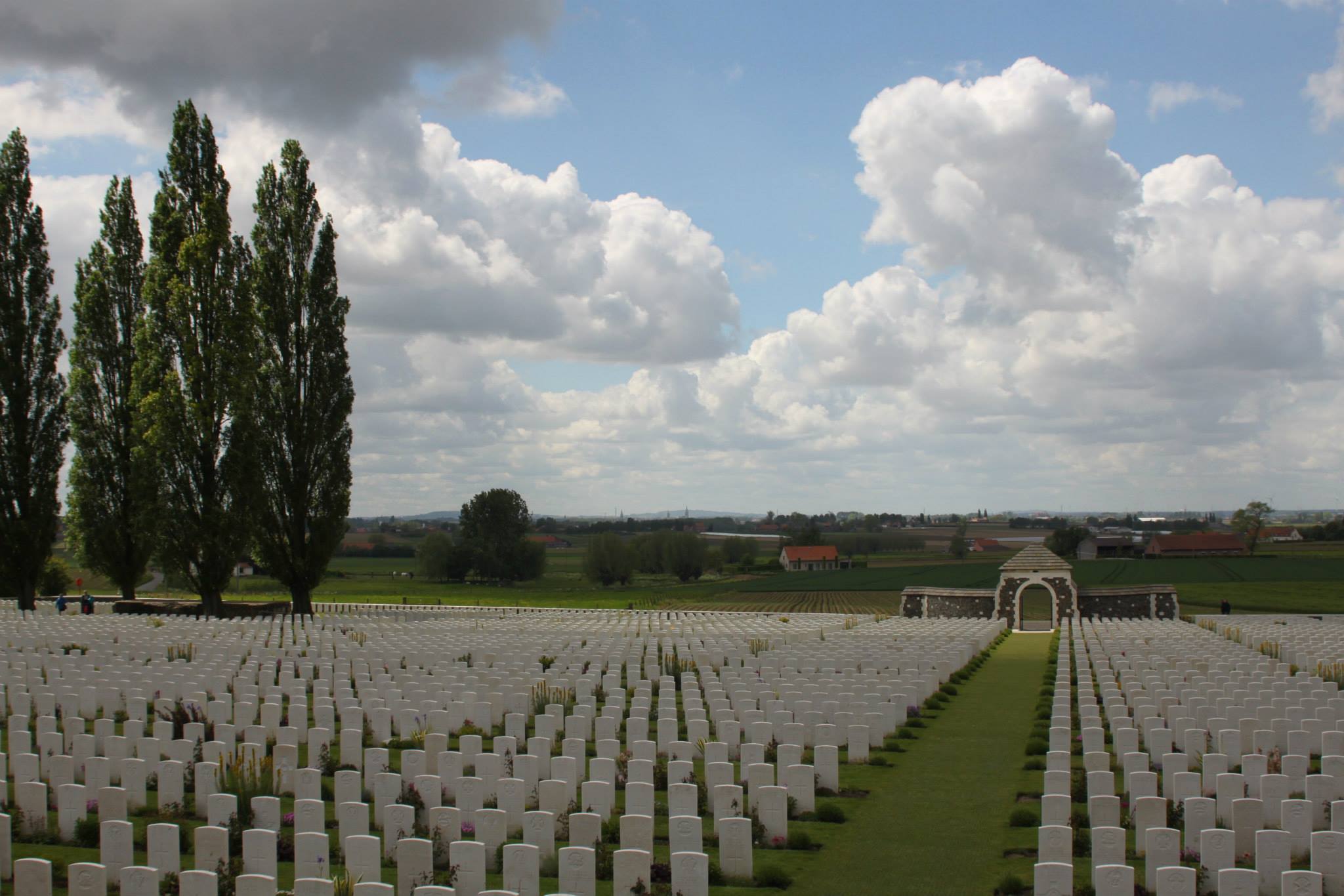
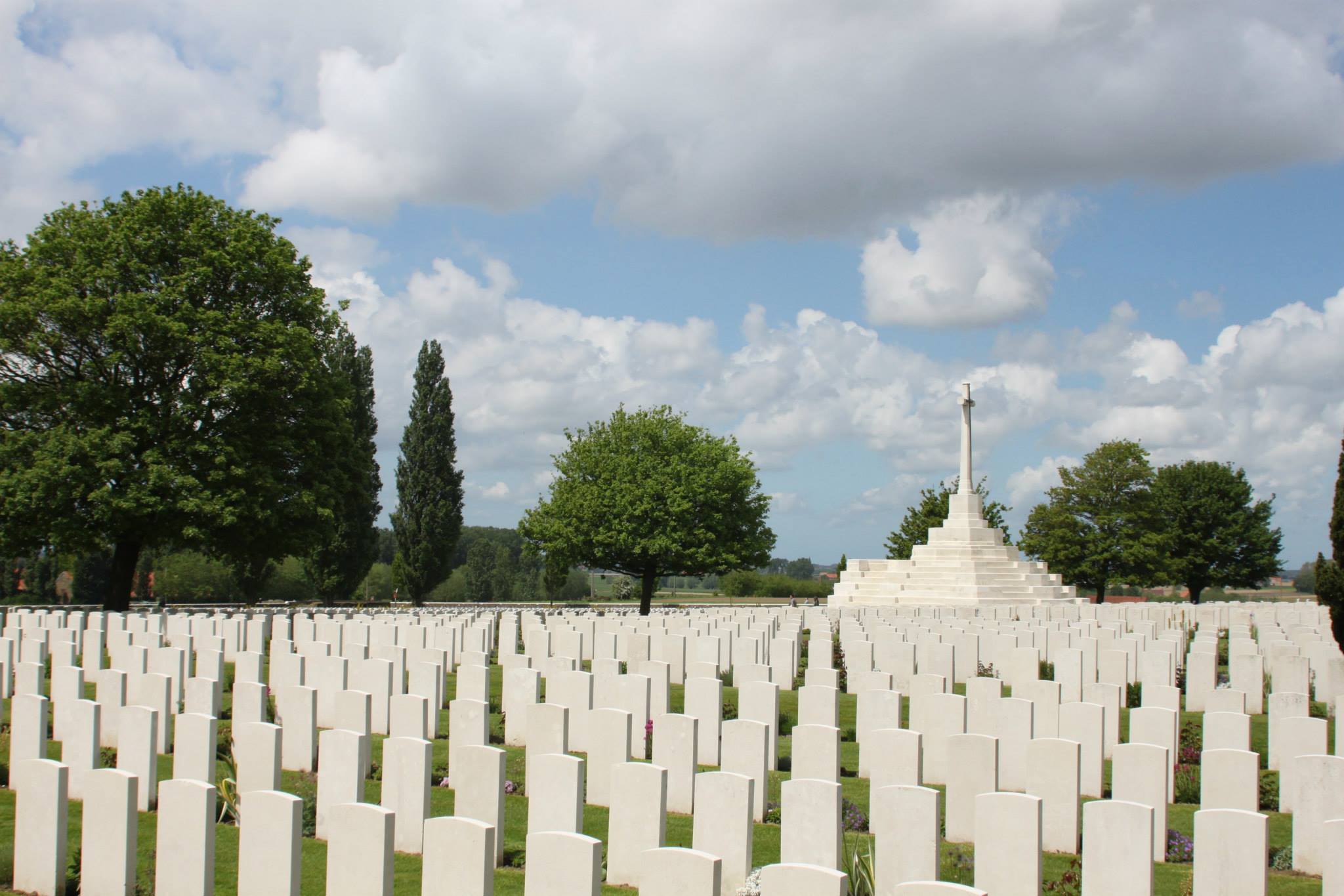
The configuration of headstones is very deliberate. Those that stand “shoulder-to-shoulder” with no gap between them signify that the remains buried were not able to be attributed individually. When this is the case for a large group of the deceased, the headstones are arranged in a circle.
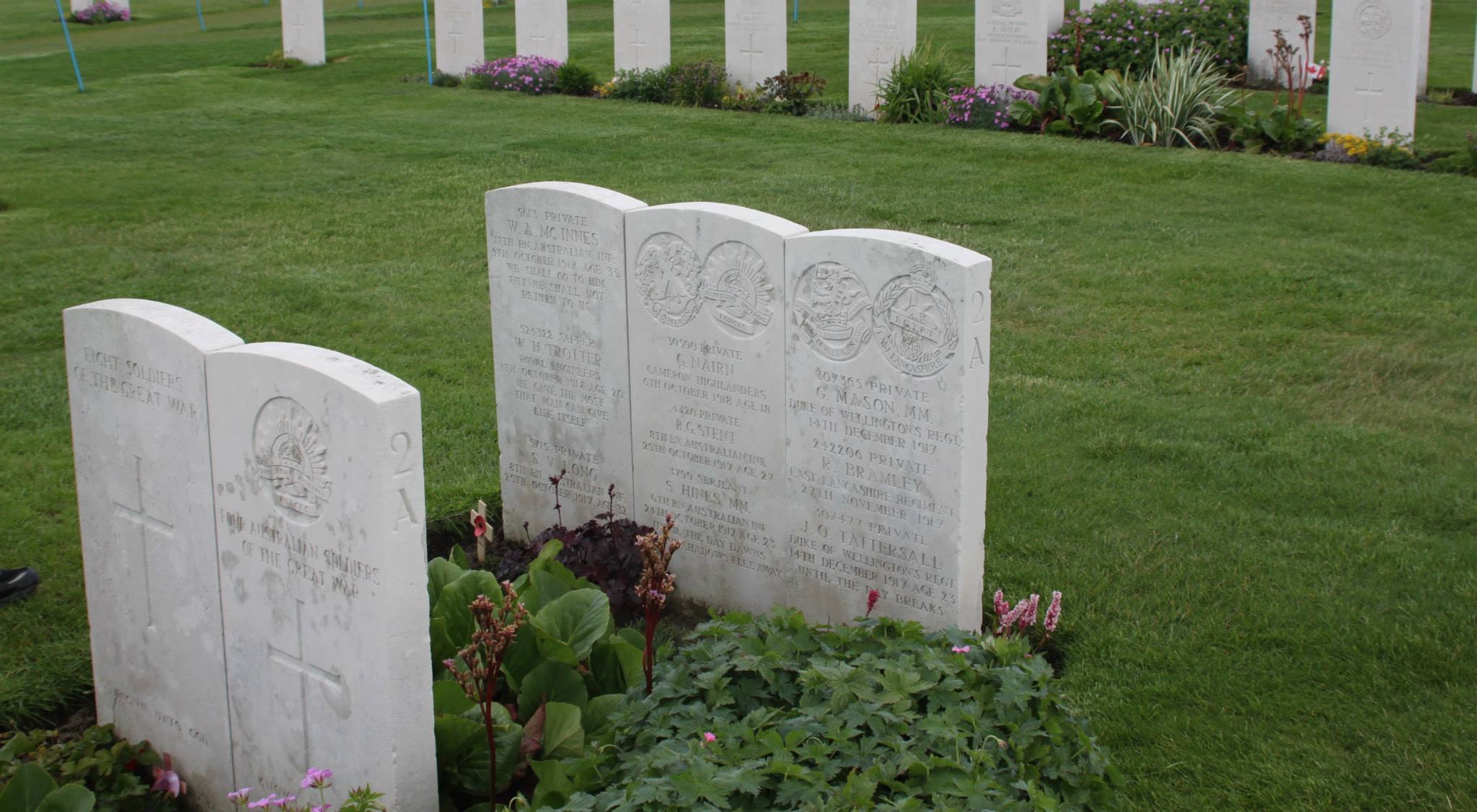
The battles in this region became darkly horrifying as more and more deadly techniques were employed to break the stalemate. Flanders has wide and gradually sloping fields that made any sort of advancement difficult. At the Second Battle of Ypres, Germany deployed 188 tons of chlorine gas to break through Canadian and British lines, an event that is commemorated by the Saint Julien Memorial nearby.
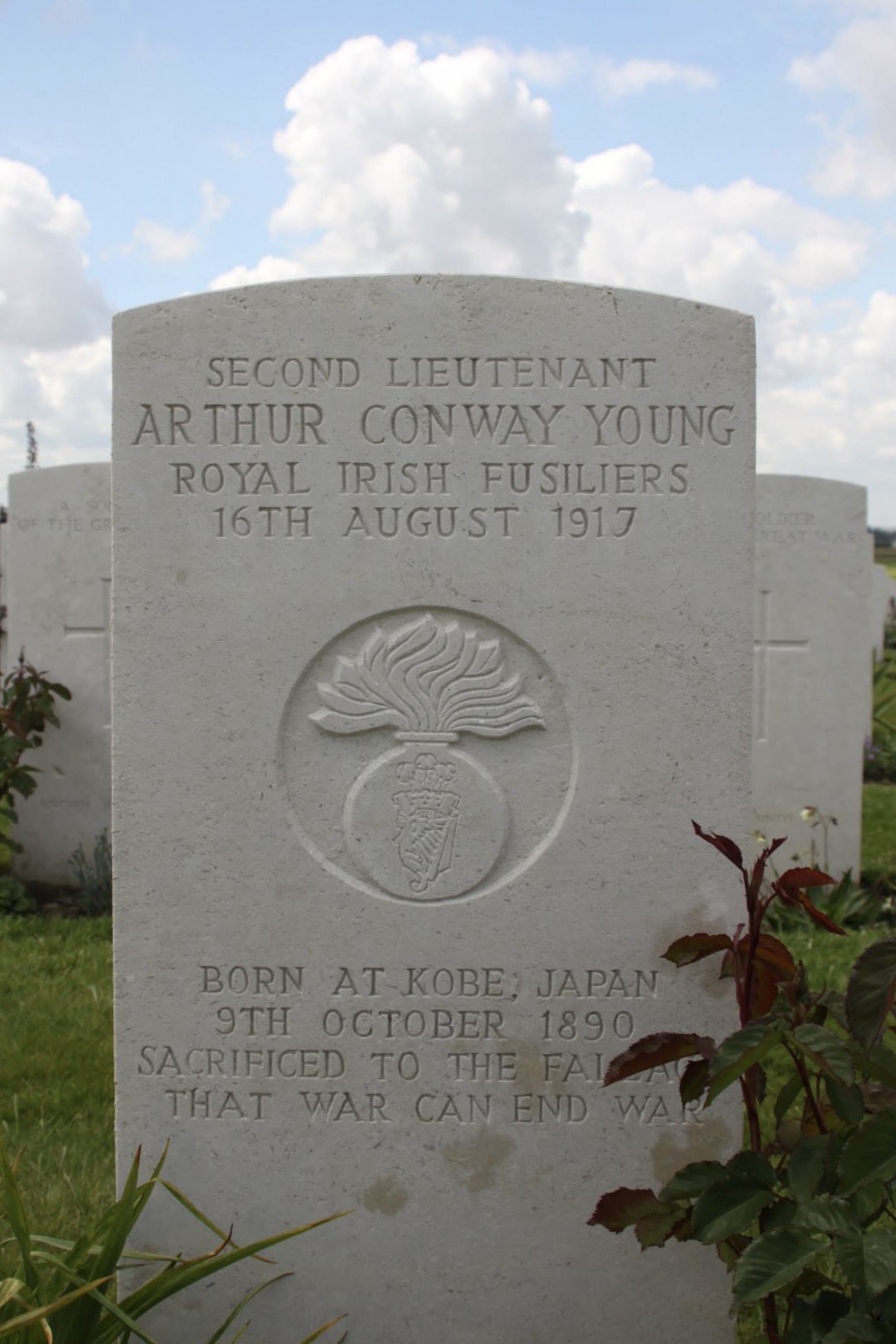
The Third Battle of Ypres - also known as the Battle of Passchendaele - took place during the wettest August in thirty years. The sandy silt of the landscape, once inundated, required the soldiers to lay down plywood to prevent sinking into the mud. Many bodies were buried this way during the fighting.
This resulted in many of the war dead not being recovered or identified. Tyne Cot, along with the Menin Gate in Ypres list the names of these men. Every evening, the Last Post Association in Ypres read one name from this list and honor the person’s next of kin.
The War Cemetery of Langemark
Nearby, the German War Cemetery of Langemark compels a different mood. It follows a tradition of German war cemeteries in using mass graves with flat stone markers. The cemetery is filled with oak trees. About 44,000 soldiers are buried here.
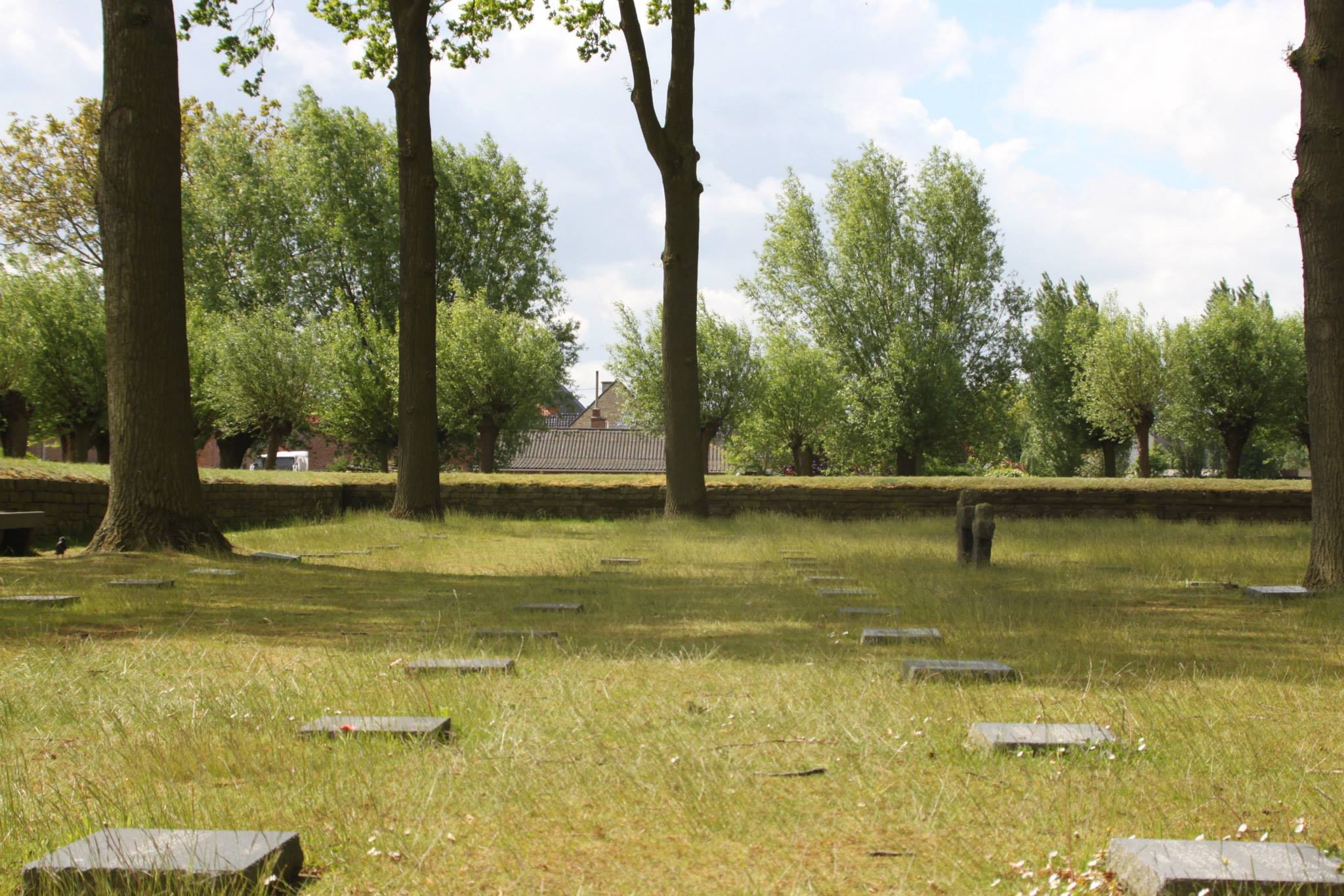
My surname, Eckert, is German. I inherited it from a Heinrich Eckert who immigrated to Baltimore in 1733 to escape poverty and cut down trees in the Pennsylvania Colony. As such, Langemark is the only cemetery I visited which had any Eckerts buried there.
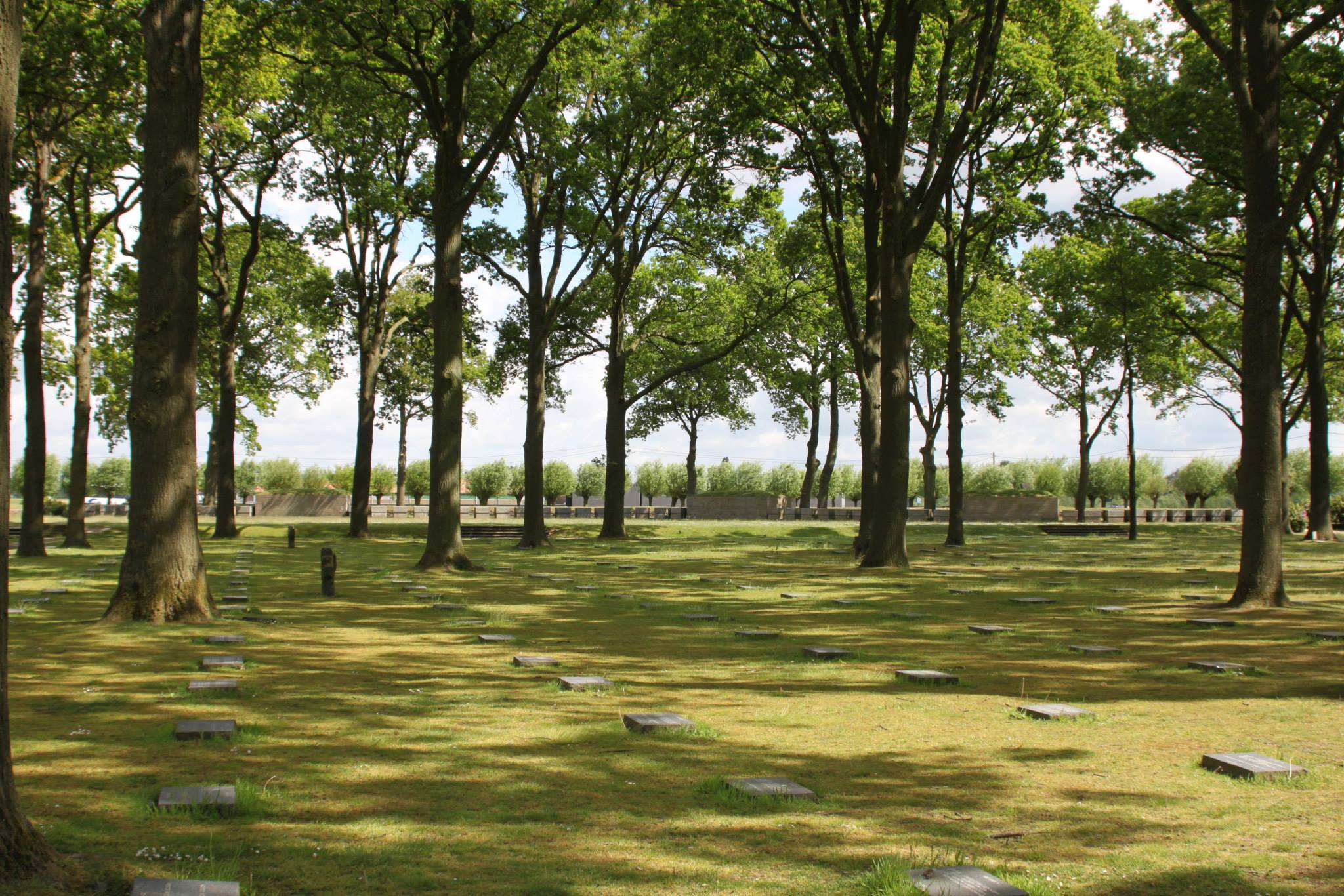
This site is the final resting place for the 3000 school students sent to war by Germany at the First Battle of Ypres. The death of these young men is known as Kindermord or The Massacre of the Innocents. Their story was twisted into a myth of heroism by Adolf Hitler some 20 years later. In truth, these boys were untrained, no match for the British Expeditionary Force and were mistakenly fired upon by their own men in the heat of battle. Their deaths were an unfortunate and needless tragedy.
Ten Years On
This trip is foundational to who I am today. It helped me place myself in perspective of time and history. There is so much more than could be shared in a single post, but I was so glad to revisit this part of myself after a decade. And while these photos survived well-enough as Facebook uploads, I’m reminded that back ups are vital.